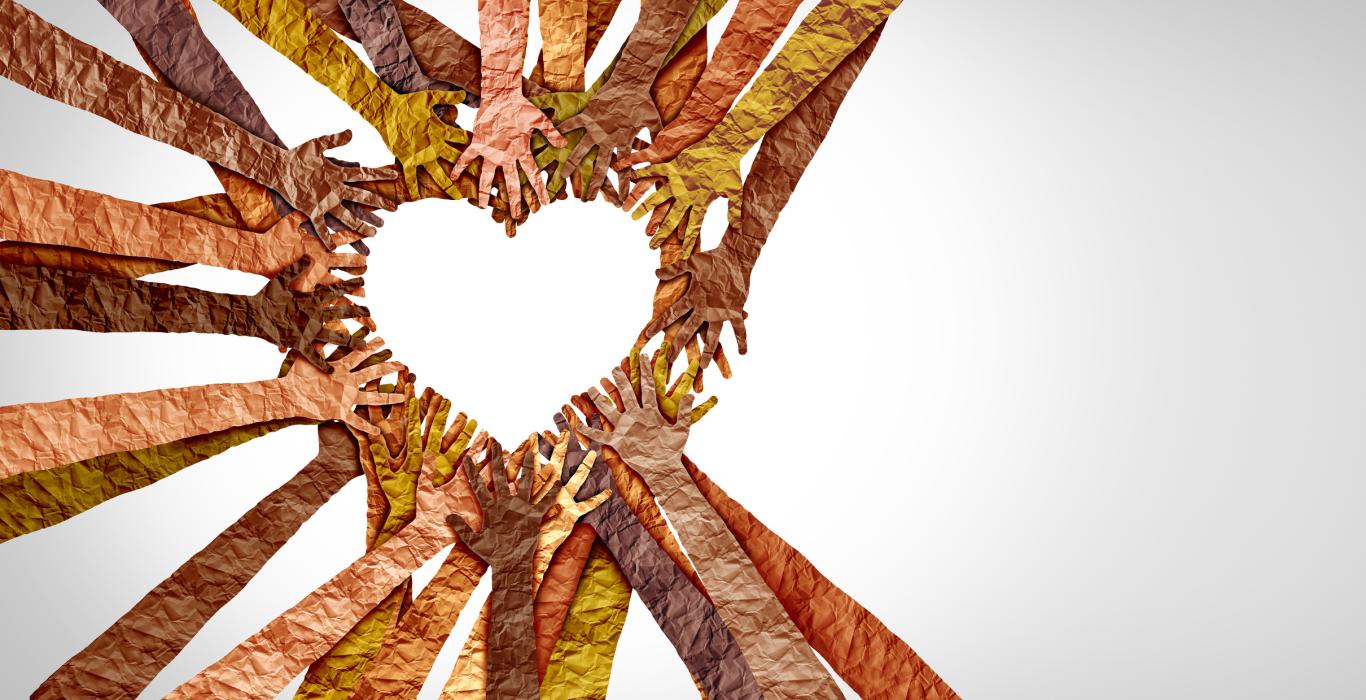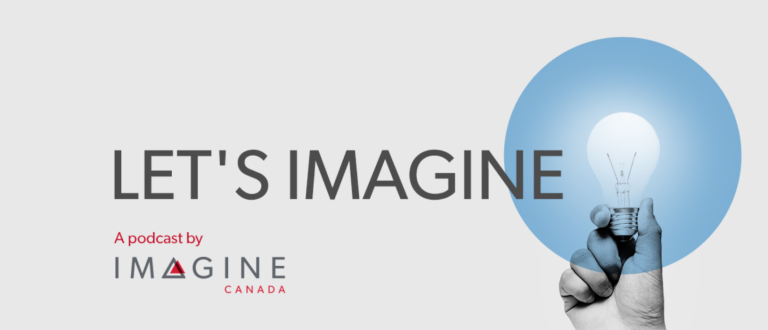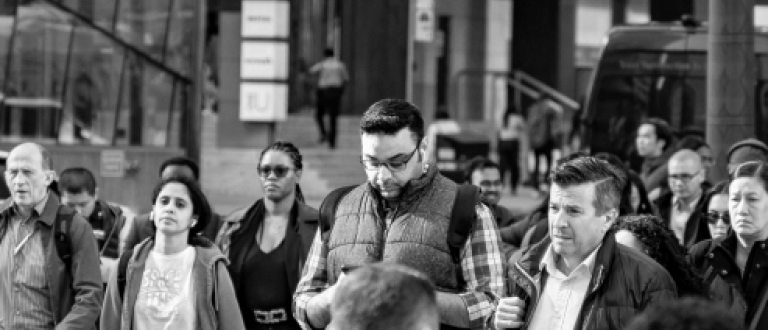Canada is often referred to as a "Cultural Mosaic" – a mix of various ethnic groups, cultures, and languages, which is also mirrored in the diversity of its nonprofit organizations. These organizations vary in size, mission and demographic, focusing on serving a specific group or addressing a problem seen in the community. According to Statistics Canada, "The Black population now accounts for 3.5% of Canada's total population and 15.6% of the population defined as a visible minority." As a result, many nonprofits have emerged to provide services for this growing and underserved population. B3 organizations (Black-focused, Black-led, and Black-serving) continue to play a critical role in helping vulnerable members of the Black community as a result of shared and lived experiences.
Currently, B3 organizations recognize that they are disproportionately underfunded and overlooked within the Canadian philanthropic sector and advocate for ways to rectify this. They have identified three ways for this to happen.
The first is unequal and excessive obstacles to fundraising. Our governmental systems have instilled laws for equal rights and opportunities for all people, regardless of background. For example, Ontario's 3-Year Anti-Racism Strategic Plan highlighted that race should not be a limiting factor when approaching opportunities. However, even with these laws, there are clear limitations that the Black community faces when applying for funding or grants. As a contributing organization to the Unfunded Report, we see that only 0.03 percent of funds from the top 10 foundations were disbursed to Black-led organizations in the 2017 and 2018 fiscal years. 0.03% is a minuscule amount that cannot ensure sustainability.
Second, there is a lack of access to data needed to support Black programs and fundraising efforts. Canada has failed to collect disaggregated race data, erasing Black lived experiences. Without this data, governments and institutions cannot see the realities of their decision-making, while B3 organizations cannot prove why the funding is needed through quantitative data. It is being observed that the majority of previous data collected is biased, leading to assumptions that do not embody the uniqueness of B3 organizations. We have also seen how funding has changed due to the COVID-19 pandemic. Many funders have expanded their funding capabilities, but many B3 organizations are still underserved due to the requirements needed to qualify, adding additional restrictions to potential funding.
Finally, the lack of Black philanthropic leadership has caused barriers to fundraising. Without a Black philanthropic lens, the needs of the Black community are unable to be relayed and only perceived needs are distributed. We need more Black leaders who can identify the community's needs and coordinate with funders to create meaningful and sustainable funding for all.
The Centre for Young Black Professionals (CEE) has participated in several activities to advocate for additional funding for the B3 nonprofit sector. In 2021, as the pandemic highlighted the inefficiencies of the allocation of resources, CEE partnered with a collective of other B3 organizations to help develop a "Black Funders Table," resulting in provincial and municipal funding of close to $4.5 million for Greater Toronto Area-based B3 organizations.
Another initiative developed in collaboration is the Black to the Future (BTTF) Community of Practice (CoP). The CoP supports grassroots B3 organizations to build internal infrastructure, skills, and leadership capacity through adaptive capacity building workshops known as "learning labs, networking, advocacy, and resource sharing. Each year, BTTF hosts an annual "Black to the Future Summit," bringing together experts in the nonprofit sector with emerging organizations seeking to take the next step in their growth and development.
Importance of capacity building in B3 organizations
In light of the pandemic, adaptive capacity-building in B3 organizations is essential in working together to strengthen organizations and individuals to change inequitable systems in the Black community that have historically received little to no support. By ensuring that B3 organizations have sustained resources and investments, we can appropriately eradicate institutional and systemic barriers and increase access to opportunities and resources for healing, community building, and networking to promote the social mobility of the Black community.
Our goal is to build and foster a collective voice to influence policy and create a united front that can geographically and culturally support existing local and national B3 grassroots and emerging nonprofit organizations. We need to continue to ensure that the Black community has more than just a seat at the table but a voice and role to take advantage of unparalleled support and attention due to the COVID-19 pandemic and racial injustices being experienced.
We continue to collect data on B3 organizations and we serve to build a cohesive Community of Practice. By applying a dynamic, modern, reproducible approach to capacity building, we can ensure that we're supporting the enhancement and impact of community building, sustainability, and strategic leadership to ensure the long-term vivacity of B3 organizations within the Black community.
There is no denying the effect of the nonprofit sector. Canada's nonprofits and charities contribute approximately 8.4% of the country's GDP. From social enterprises to grassroots organizations, they all work for Canada's public and social benefit. Although some groups reflect the diversity of the communities they serve, this is not equally represented in the distribution of and access to funding. Often, B3 organizations are overlooked. However, it is not all grey skies. Race-specific research has provided valuable data to motivate agencies to create solutions and bridge the gap. The work is just beginning, and steps must continue to ensure that the sector works for all.
Guest contributions represent the personal opinions and insights of the authors and may not reflect the views or opinions of Imagine Canada.
The Sector Leadership Department at Centre for Young Black Professionals (CEE) are leaders within the Black-led, Black-focused and Black serving (B3) Community. Sector Leadership was the product of the need of organizational sustainability within the community. Our main objectives are to build the leadership capacity and scale of B3 organizations. This is done through our three principal initiatives: the Community of Practice, Action (micro)grants and Black To The Future. Through these initiatives that encompass community engagement, co-creation and cultural competence, we aim to provide opportunities for B3 organizations to develop their skillset and reach, ensuring sustainability. Some of our programs include but are not limited to Learning Labs, The Black To The Future Summit and Trusteeship.



